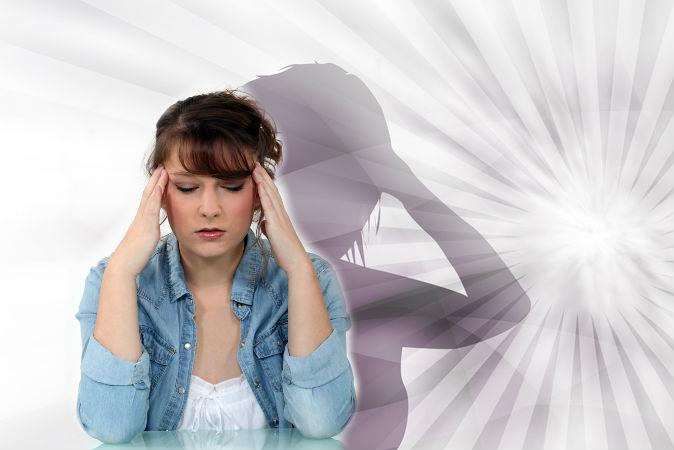My own investigation—published in peer reviewed journals within the last several years—furnishes evidence that highly sensitive individuals are much more likely than the general population to report feeling an unseen presence, to see or sense energy around people, or to otherwise note anomalous goings-on. Significantly, such people are also more likely to report that immediate family members suffered from the same types of sensitivities, raising the nature-nurture question in a whole new context.
I happened upon this path from an unexpected direction. In my job at the time, I was responsible for interviewing office building occupants who felt they‘d been affected by so-called “sick buildings.” (Information from these interviews—and others conducted with building managers and engineers—went to the U.S. Environmental Protection Agency [EPA] to assist in its development of indoor air quality guidance.) Rather than chalk up people’s reports to a hyperactive imagination or some shade of mental illness, I suspected they might have a threshold sensitivity much lower than average. When several individuals confided that they’d also had apparitional experiences, the wheels started turning.




